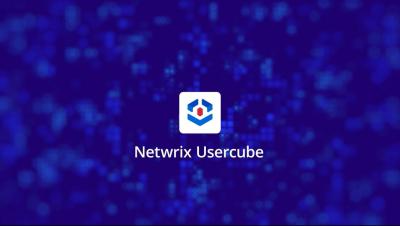Top Strategies to Harden Your Active Directory Infrastructure
Microsoft Active Directory (AD) is the central credential store for 90% of organizations worldwide. As the gatekeeper to business applications and data, it’s not just everywhere, it’s everything! Managing AD is a never-ending task, and securing it is even harder. At Netwrix, we talk to a lot of customers who are using our tools to manage and secure AD, and over the years, key strategies for tightening security and hardening AD to resist attacks have emerged.













